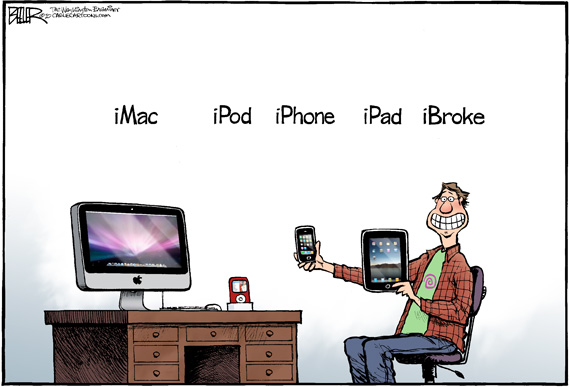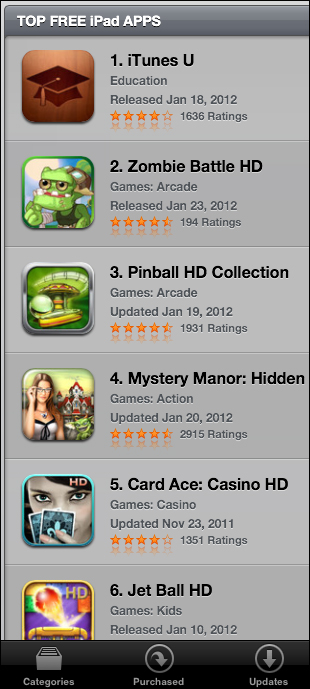Six years ago Friday, I launched BloodhoundBlog with the words cited in the headline:
In a subsistence culture, the work of the mind is precious and literally unsupportable. We are by now so rich that millions of people can create intellectual resources that they give away, in turn to be remarketed by others. This may or may not work in the long run for companies tapping into and amplifying open-source-like works of the mind. Consider that aggregator software levels the playing field for small players. The interesting thing is what it will do to companies whose entire business model is based on scarcity and hoarding. If almost-as-good is free or nearly free, what is the market value of slightly-better?
I’ve hit that theme again and again over the years: How much future is there in a job that millions of very smart people are willing to do for free?
Stewart Brand said “information wants to be free”. This has intellectual property implications far beyond ordinary information. But with respect to that ordinary information — news, opinion, fiction, poetry, almost all music, etc. — the war is over. Hoarding lost. The challenge amidst this vast abundance is not getting people to pay for your information — but simply getting them to pay attention to it.
The daily newspaper has no hope whatever of nicking me for fifty cents. The question that will decide if there is even to be a newspaper is, can they hold onto my eyes for as long as fifty seconds? And will someone pay for those eyes in the random hope of piercing my vast indifference to advertising?
It comes down to career advice, I think, for the newspaperati and for all of us: How much future is there in a job that millions of very smart people are willing to do for free? Maybe not the same work, but so close that any differences become academic. And: If you’re committed to sharing information even in a marketplace where ordinary information is so abundant as to be without monetary value, what are you going to do to make a living?


